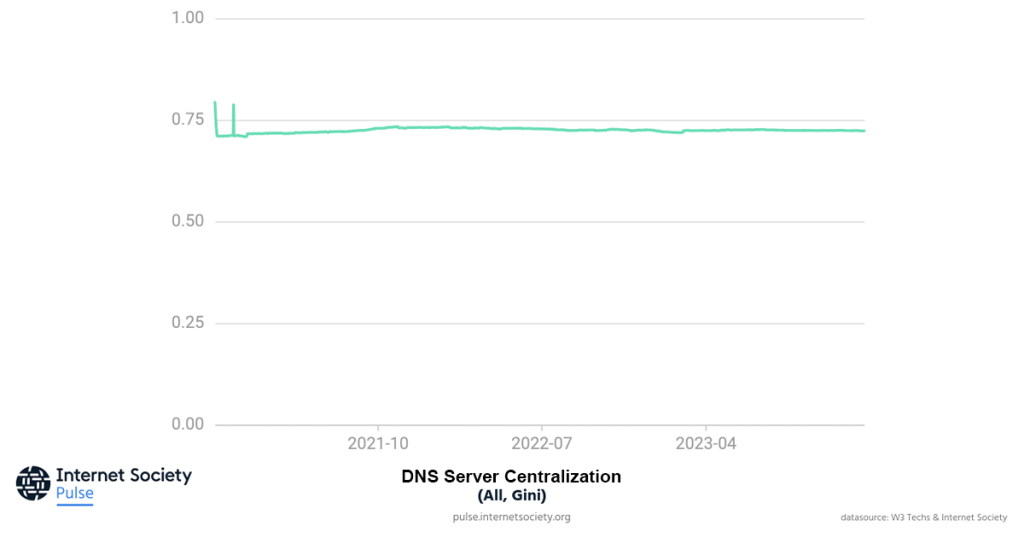In the end, the fate of every technology is centralization. But we can change that.
We are nostalgic about decentralized virtual networks and services on the Internet. The beloved early Internet was decentralized, with its Usenet and Slashdot, when control over content and conduct was in the hands of nodes distributed across communities. It included communities not necessarily defined by their geographical and regional boundaries.
Having been inspired by these autonomous virtual networks, I remember passionately (and naively) discussing once how I could bring decentralized justice systems to communities that did not have access to justice through these virtual networks and make them more efficient and effective. The respondent was unamused: “But we made rendering justice effective and efficient through centralization!”
The theory that centralization is the answer to effectiveness and efficiency (and sometimes even fairness), embellished with all sorts of historical narratives (and evidence, as some call it), is dominant in our societies globally. No technology on its own can be inherently decentralized and change this dominant narrative. This is why decentralizing the Internet cannot be achieved with just decentralized design or adoption of funky, hyped-up technologies that appear to be decentralized because, in the end, other factors will lead to their centralization.
We see such centralization everywhere; even Bitcoin miners (that beloved decentralized technology) are not that decentralized, and some miners have amassed quite a lot of power.
We see the centralization and consolidation of digital services and Internet connectivity. For example, Cloudflare and Google dominate the market for providing open Domain Name System resolvers (the technology that enables you to access websites and other digital services).

Technology design is one of many factors for a decentralized Internet. I go so far as to claim that there is no such thing as decentralized technology. Decentralization of power and decision-making can be enabled through technology, but in the end, our governance, operational practices, and regulatory approaches lead to centralization or decentralization.
How can we create a decentralized Internet, and what governance mechanisms do we need to make decentralized technology happen?
Before answering this question, we must first answer the question of where we want and need decentralization.
Obviously, not all centralization of technology is necessarily bad. In some instances, it can bring more security and know-how (for example, larger hosting platforms might have more capital to invest in maintaining the security). Then, where exactly do we need decentralization?
When we talk about decentralization, we usually talk about the decentralization of ‘decision-makers’, which means that we want to take the power of decision-making out of the hands of the few. That way, no one person can decide the fate of millions of others. That way, if one network is compromised, it does not violate the privacy and security of millions and sometimes the most vulnerable.
I believe some simple but essential elements of Internet infrastructure can be decentralized through collective action. They do not need ‘cutting edge’ technologies that nobody has adopted or will adopt, no matter how much money we throw at them. Through policies and collective action, we can restore decentralization in some critical parts of the Internet. The features that are critical for our access to digital services.
One such space is the operation of DNS resolvers, which is increasingly centralized. Imagine if we provided the capability for thousands of operators to run efficient and secure resolvers. Imagine there were so many of these operators that they were not restricted to a single jurisdiction, ensuring that any intellectual property lawsuit would not affect access to web services due to the resolvers being forced to block them.
To decentralize the Internet, we should dream small. There is no such thing as inherently decentralized technology. While it may not be possible or even advisable to decentralize all aspects of the Internet fully, we can restore decentralization in critical areas that enable indiscriminate access to digital services through policies and collective action.
Adapted from the original post that first appeared in the Filecoin Foundation for the Decentralized Web’s DWeb Digest.
Farzaneh Badiei is a recovering academic and founded Digital Medusa to petrify the enemies of a global, interoperable Internet.
The views expressed by the authors of this blog are their own and do not necessarily reflect the views of the Internet Society.


